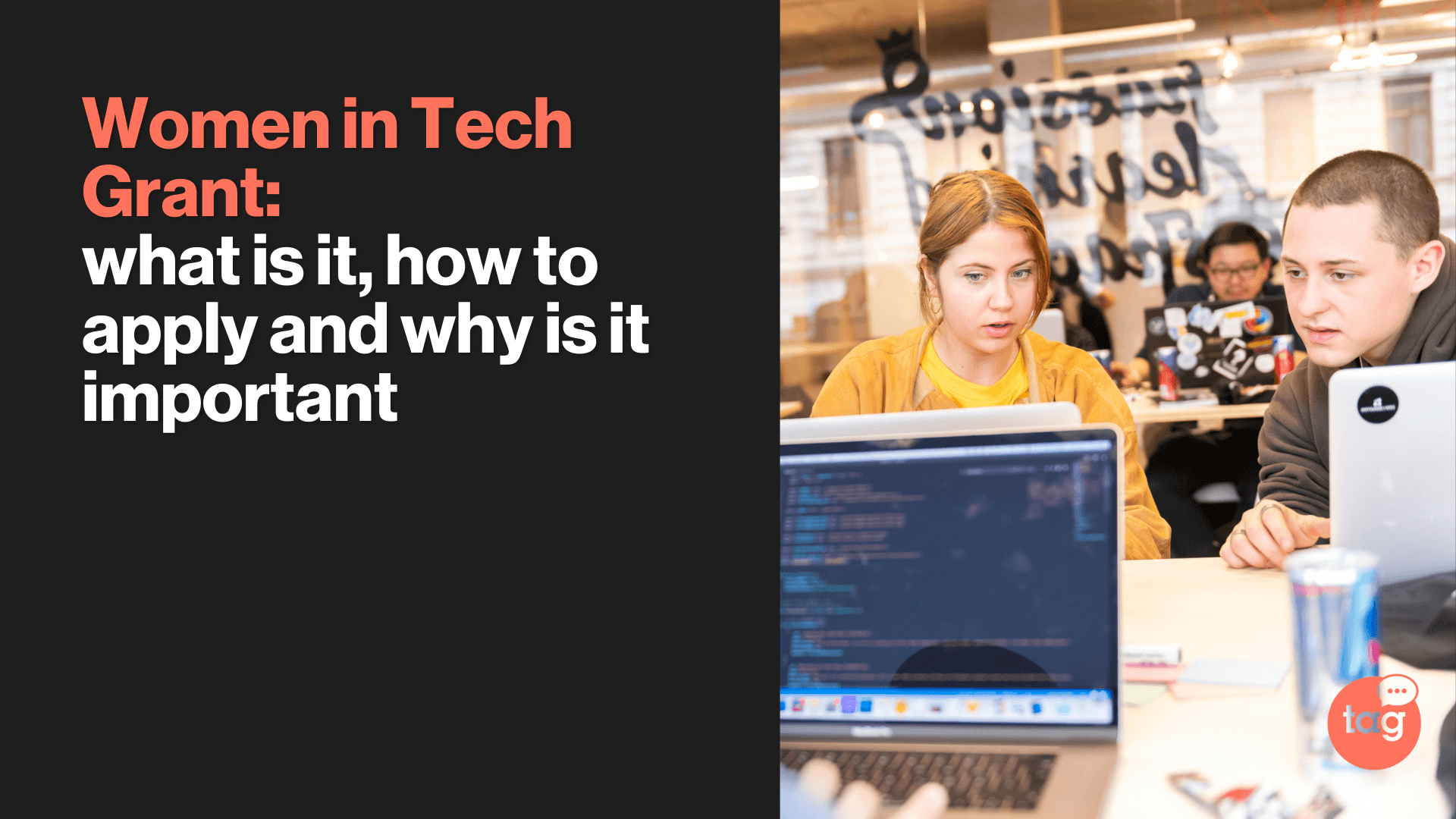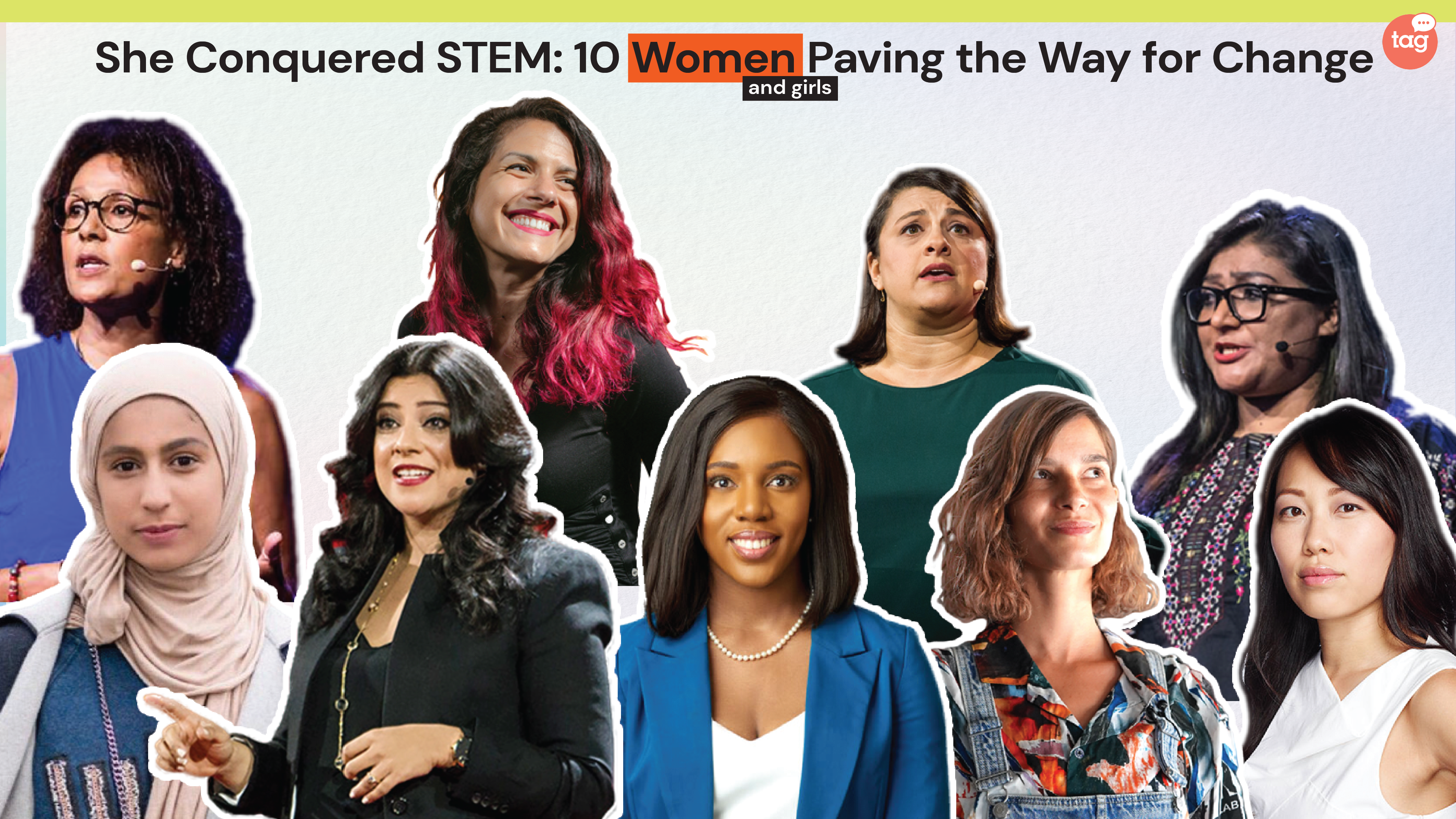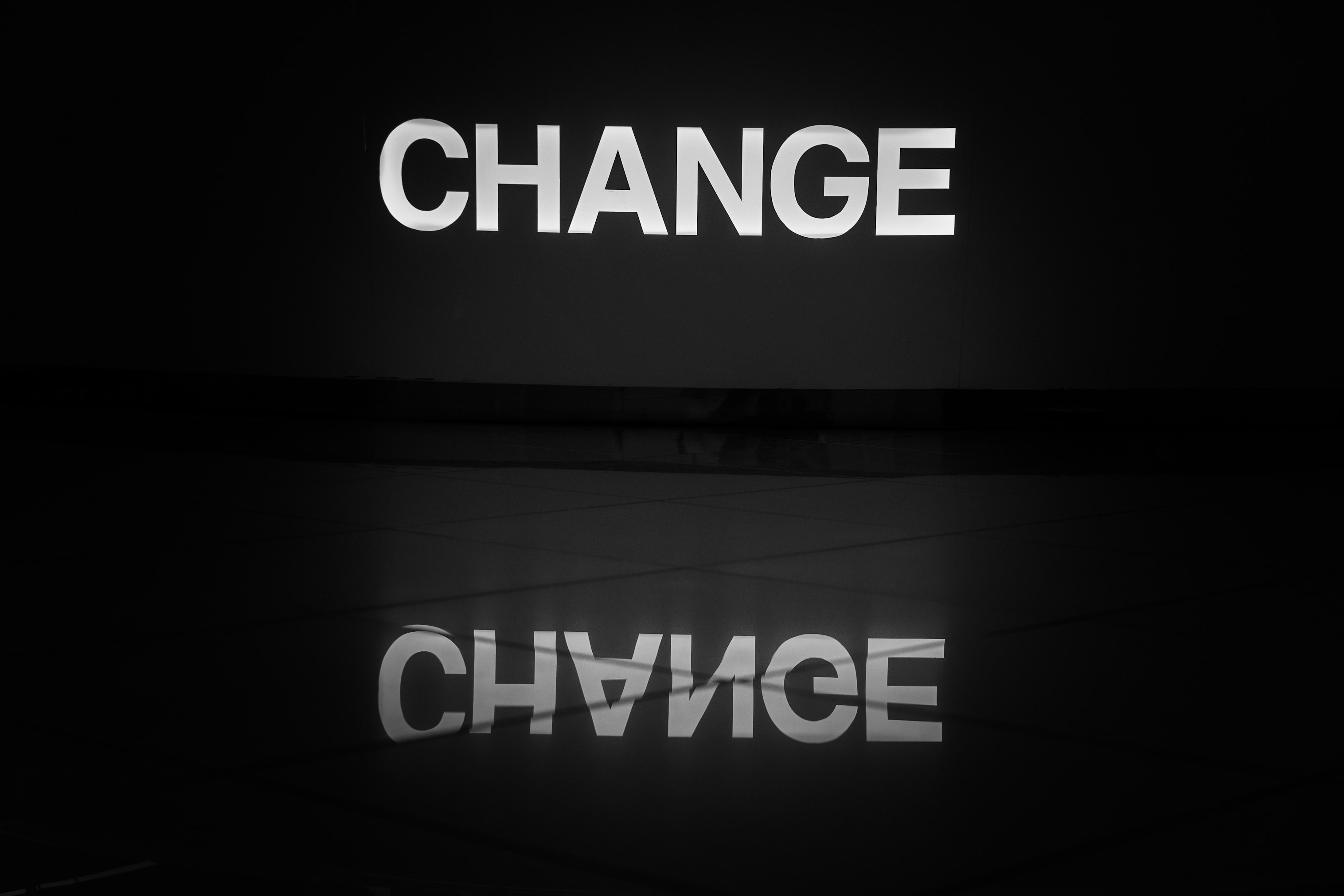

September 18 2020 marks International Equal Pay Day, a day for the United Nations to demonstrate their commitment towards a fair pay for a job fair value ( "equal pay for work of equal value"). The fifth of the 17 Sustainable Development Goals (SDGs) of the UN, the objectives that underlie the 2030 Agenda for Sustainable Development, is in fact the achievement of Gender Equality. The cessation of all forms of discrimination, and therefore also that of gender towards working women and girls, does not only represent the achievement of a basic human right but plays a crucial role in accelerating sustainable development: it would in fact involve a multiplier effect that would affect all other areas of development. Harnessing the talent of a third of the population has an immense impact on growth, competition and the ability to look to the future for economies and companies around the world. Although the concept has now been embraced in almost all countries, translating it into practice is much more difficult: it is estimated that the gender pay gap globally is 23% (i.e., for every dollar earned by a man, a woman receives 77 cents for the same job ) and, in fact, no country in the world has yet managed to close the gap. Indeed, according to the latest estimates, it will take 273 years to bridge the global gender pay gap. The causes have historical and structural roots: unfair power relations, poverty, disadvantages and inequality in access to resources and opportunities are some of the factors that have created this situation and are slowing the progress towards equality. While women make up over half the world’s population, it remains the case they are not fulfilling their potential in measured economic activity or in their contribution to the labour market. This has clear social and economic consequences, and business has an important role to play in finding solutions.
How is the situation of the gender gap in Ireland?
The concept of the gender pay gap is the difference in the average hourly wage of men and women across a workforce. It compares the pay of all working men and women; not just those in similar jobs, working patterns, competencies, qualifications or experience. In Ireland, the government plans to introduce legislation for mandatory gender pay gap reporting for business. This will oblige businesses to publish statutory calculations each year showing the extent of the pay gap between what women earn as a group and what men earn as a group. Bank of Ireland becomes the first Irish bank to publish such figures in its first gender pay gap report and plans to focus on closing the gap going forward. Although the results published reports that its gender pay gap stands at 24.2%. Industries affected also include the aviation industry. In 2020, only 16% of companies indicated that more than 30% of senior roles in aviation are held by women. Gender pay gap reporting is one part of a much-needed wider strategy to address female participation rates and employment gaps between genders. It will not on its own identify or solve the myriad of structural, cultural and policy causes for these differences, but it is a critical and welcome element. PwC’s latest Women in Work Index, which analyses the representation and welfare of women in the workplace across 33 European countries, found the pay differential between men and women here rose from 5.9% in 2017 to 7.5% in 2018. However, the gap in Ireland was considerably narrower than in many other countries and half the OECD average, including Germany and the UK. Ireland has performed well for all the other indicators: female labour force participation, the gap between male and female labour force participation, female unemployment and female full-time employment rate. Why is this topic so important in Ireland? Not only is it beneficial for working women but also for our GDP. The Women in Work Index reports that increasing female employment rate in Ireland from 53% to match that of Sweden (69%) could boost GDP in Ireland by 13% or $53 billion. Closing the gender pay gap in Ireland could boost total female earnings in Ireland by 8% or $3 billion.
Talent Garden Community: ONE4job
On the occasion of the International Equal Pay Day, we talked about these issues with Fabiola Silvestri and Alessandra Massarenti , founders of ONE4job, an all-female company that was created with the aim of providing innovative, technological and highly personalized support in the search and selection of personnel. ONE4job is part of our Talent Garden Calabiana community in Milan.How is the situation of the gender gap in Italy compared to Europe?
Fabiola : According to the World Economic Forum (WEF), one of the most reliable sources on the subject, if we look at the gender gap index (index that evaluates the gender gap according to 4 factors: health, education, economy and politics), the Italy ranks 17th in Europe with an index of 70.7% (where 100% indicates the parity reached). Worldwide, where the average index drops to 68.6%, Italy is in 76th place. Unfortunately, it is estimated that in our country, it will take at least 100 years to bridge the gap between men and women .What are the factors that play a predominant role in closing the gender gap, and what are the priorities for the near future?
Fabiola: The improvement of the political and economic participation of women will be fundamental in reducing the gender gap , which to date in Italy is at completely insufficient levels. Of the four factors taken into account for the gender gap index , the WEF says that, on average, the largest gender disparity concerns the political empowerment gap ( "Political Empowerment Gap").
Secondly, to date women still find it very difficult to access the labor market due to problems related to the balance of work-family life : many in fact choose to work only part-time given the unequal division of domestic work and family care. (in fact unpaid work), which weighs heavily on women. Priorities for the future? On this point, it will certainly be important to streamline the working day with greater hourly flexibility, to guarantee the famous "work-life balance" (the ability to reconcile work, career and professional ambition with private life made up of family, passions and leisure).
How can digital innovation help accelerate the transformation process towards “equal pay for work of equal value”?
Fabiola: First of all, digital innovation will allow women to save time in their work, domestic and family organization so as to relieve the pressure associated with “having to do”. Secondly, it will lead to the consolidation of new and more flexible smart working formulas that allow to reduce downtime and travel. Finally, it will guarantee the possibility of constantly having access to online courses, webinars , etc. to stay constantly updated and performing .How should we educate ourselves in this topic try?
Fabiola: We certainly need more “ cultural information ”. In many countries the role of women is still seen as marginal: even in Italy, for example, there is still a strong difference in thinking on the role of women in the world of work, particularly between the north and the south. Secondly, good education and training would allow women to increase the sense of satisfaction and security (including economic ones) and therefore their ability to “sell themselves” better during the interview phase, both for more prominent roles and for higher salaries.Why did you choose to be part of our community at Talent Garden?
We chose Talent Garden because it immediately conveyed to us the idea of being able to become our creative laboratory in which we can realize our entrepreneurial dream . With the right people and through the exchange of ideas and the sharing of projects we are sure to be able to give real added value to our customers and partners . We like challenges, but we like winning the even more!
Don't Waste Your Talent. Turn It Into a Career With a Course That Fits Your Needs!
Keep reading

Women in Tech Grant: what is it, how to apply and why is it important

She Conquered STEM: 10 Women and Girls Paving the Way for Change

Graduate and Conquer: 4 Tips to Securing Success in Tomorrow’s Job Market

